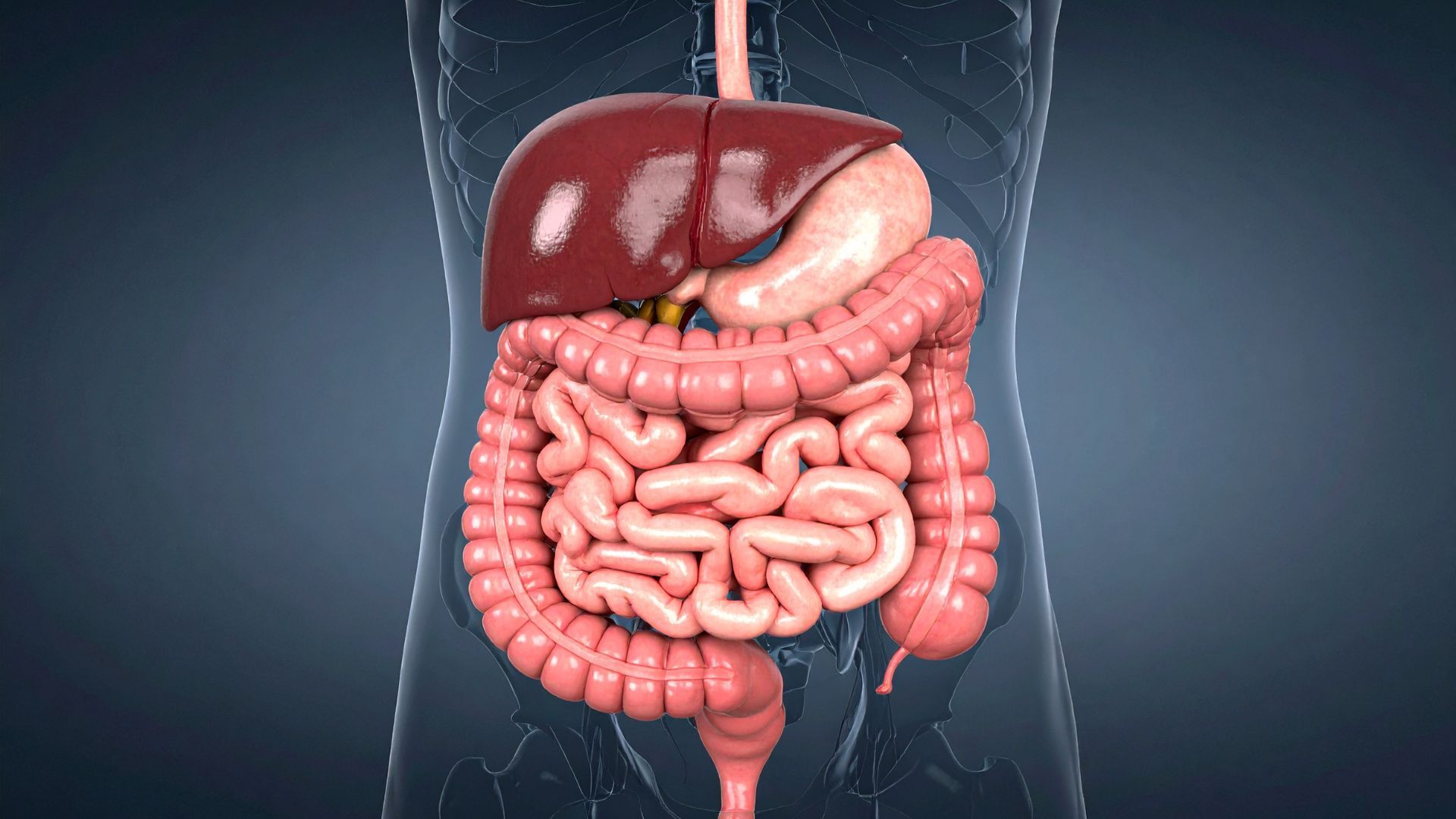How to Build a Balanced Plate for Energy, Focus, and Mood
Nov 07, 2025
We live in a world obsessed with numbers — calories, macros, points — yet most people still struggle with energy, mood swings, and inconsistent focus. That’s because food isn’t just fuel; it’s information. What you eat communicates with every system in your body, shaping metabolism, hormones, and even mental clarity.
When your meals are balanced, your body runs smoothly: blood sugar stabilises, cravings reduce, and energy lasts all day. When they’re not, you ride the rollercoaster of spikes and crashes — the afternoon slump, the 9 p.m. snack craving, the morning coffee dependency.
Learning to build a balanced plate is one of the simplest, most powerful ways to support both physical and mental wellbeing. And it doesn’t require perfection — just awareness of how food works together to nourish you.
The science of balance: fuel, repair, and regulation
Every meal should do three things:
-
Fuel the body with carbohydrates for energy.
-
Repair and maintain tissues with protein.
-
Regulate systems through fats, fibre, vitamins, and minerals.
Each macronutrient has a distinct role. Carbohydrates supply glucose, the brain’s preferred energy source. Protein provides amino acids that build muscle, enzymes, and neurotransmitters. Healthy fats support hormones and cell membranes, while fibre keeps digestion and blood sugar steady.
Problems arise when meals are dominated by one nutrient — for example, a pastry breakfast (carbs only) or a salad without protein (fibre but no staying power). True balance combines all of them in proportions your body can sustain.
The ½–¼–¼ framework
An easy visual guide comes from public health models like Harvard’s Healthy Plate and the British NHS Eatwell Guide. Imagine your plate divided into:
-
½ vegetables and fruit – colour, fibre, antioxidants.
-
¼ lean protein – eggs, fish, poultry, beans, lentils, tofu.
-
¼ smart carbohydrates – whole grains, potatoes, corn, or fruit.
Add a small serving of healthy fats such as olive oil, avocado, seeds, or nuts for satiety and flavour.
This ratio helps maintain energy and prevents the blood-sugar rollercoaster that leads to fatigue and cravings. Meals built this way digest steadily, releasing glucose gradually instead of all at once.
How blood sugar affects energy and focus
The brain uses about 20 percent of the body’s energy supply — mostly glucose. When blood sugar spikes after a refined-carb meal, insulin floods the system to pull glucose out of circulation. That rapid drop leaves you tired, irritable, and searching for another fix.
Balanced meals, on the other hand, pair carbohydrates with protein, fat, and fibre, which slow absorption and keep glucose levels stable. Consistent blood sugar equals consistent energy — not just physically, but mentally too.
Research published in The American Journal of Clinical Nutrition (2023) found that participants who followed a balanced-plate approach had significantly fewer mood fluctuations and higher cognitive performance scores compared to those on restrictive or high-sugar diets.
Building your own balanced meal
Start with foods you already love and adjust composition rather than restriction.
-
Breakfast: Oats topped with yogurt, berries, and pumpkin seeds instead of just cereal.
-
Lunch: A grain bowl with quinoa, roasted vegetables, chickpeas, and olive oil dressing instead of a sandwich alone.
-
Dinner: Salmon or tofu with steamed greens, brown rice, and tahini sauce.
Think of balance as a rhythm, not a rule. No single meal has to be perfect; the overall pattern matters most.
The role of fibre and colour
Fibre is the unsung hero of balance. It slows digestion, feeds gut bacteria, and helps you feel full naturally. Aim for 25–30 grams per day from fruits, vegetables, legumes, and whole grains.
Colour diversity is just as important. Different pigments — carotenoids, anthocyanins, chlorophyll — indicate a variety of antioxidants and phytonutrients. A colourful plate isn’t just pretty; it’s protective, reducing inflammation and supporting cellular health.
Hydration: the forgotten nutrient
Even mild dehydration can affect concentration and digestion. Water supports nutrient transport, enzyme reactions, and temperature regulation — all of which affect how efficiently food is used for energy.
As a rule of thumb, aim for roughly 30–35 ml of water per kilogram of body weight daily, more if you exercise or live in a hot climate. Herbal teas, fruit-infused water, and soups count too.
Common mistakes when trying to “eat healthy”
Many people trying to improve their diet accidentally unbalance it.
-
Cutting carbs completely: leads to fatigue, poor mood, and reduced thyroid function.
-
Eating too little protein: undermines muscle repair and appetite control.
-
Avoiding fats: deprives the body of essential omega-3s and fat-soluble vitamins (A, D, E, K).
-
Skipping meals: often triggers compensatory overeating later.
Balance means inclusion, not elimination.
Mindful eating as part of balance
How you eat matters as much as what you eat. Rushing through meals or eating distractedly interferes with digestion and satiety. Slow down, chew thoroughly, and notice flavours and texture — the body digests best in a relaxed state.
Studies in Nutrients (2024) show that mindful eaters experience better glycaemic control and improved satisfaction even when calorie intake is unchanged.
The bigger picture: balance beyond the plate
A balanced diet also means balance across your day and week. It’s fine if breakfast is carb-heavy after a workout or dinner includes dessert. Flexibility is part of long-term sustainability.
Consistency across time matters far more than perfection in any single meal. If most of your meals follow a ½–¼–¼ composition with plenty of colour and whole foods, your body has everything it needs to maintain steady energy, stable mood, and good metabolic health.
Final thoughts
Building a balanced plate isn’t about rules or restraint — it’s about rhythm and relationship. When your meals reflect variety and awareness, your body rewards you with vitality that lasts from morning to night.
Eat in colour, chew with attention, hydrate often, and let balance be the quiet foundation of your energy, focus, and wellbeing.





